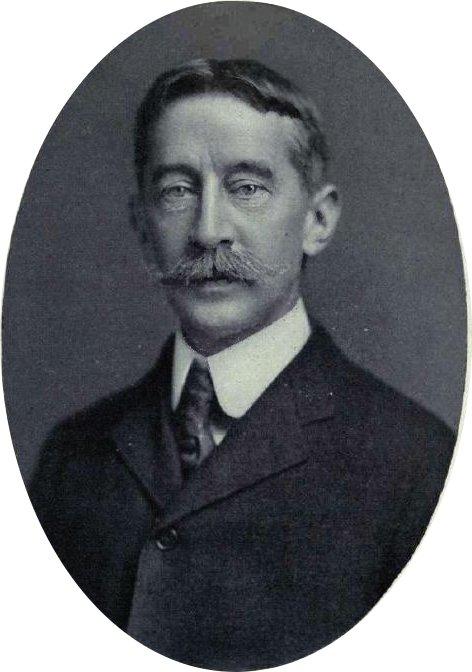The parents of George Bird Grinnell (1849–1938) must have had great intuition when they gave him his middle name. Grinnell would become the father of American conservation with a particular affinity for ornithology―the study of birds.

Born into a wealthy family, the Grinnells moved from Brooklyn to upper Manhattan when he was 8. Nearby was a tract of land called Audubon Park, named after the French-American artist John James Audobon, who was known for his bird paintings. The young Grinnell attended the small elementary school run by Audubon’s widow. Though he later attended and graduated from Yale, he was not known as an exceptional student. In fact, he was quite mediocre. His curiosity about the world around him, however, would pave the way for his career.
During his final year of undergrad in 1870, he joined Othniel Marsh, professor of paleontology at Yale, on an expedition through Nebraska, Wyoming, and Utah. During that decade, he joined Lt. Col. George Custer’s expedition to South Dakota’s Black Hills in 1874. The following year he was chief naturalist on the Ludlow Expedition to Yellowstone Park. He would also join numerous hunting trips to the West before attaining his doctorate in paleontology in 1880. Much later, in 1899, he was a naturalist with the Harriman Expedition in Alaska.
Influential Friends
Before earning his doctorate, he became editor-in-chief (and later the owner) of the natural history magazine Forest and Stream. His dedication to conservation, how he expressed that need through his work in the field and in the magazine, and his love of hunting and fishing would culminate in garnering attention to the issues of poaching and the threat of extinctions.His work resulted in collecting powerful friends, arguably none more powerful than Theodore Roosevelt. The two first met when Roosevelt walked into the magazine’s office and disputed the poor review Grinnell gave Roosevelt’s first hunting book. The confrontation resulted in a 35-year friendship and an ongoing cooperation in wildlife conservation, including the founding of the Boone and Crockett Club.

His work with Rep. John F. Lacey and later Senator Thomas Carter, both of whom were Boone and Crockett Club members, resulted in the passage of the Yellowstone Park Protection Act in 1894 and the Glacier National Park Act in 1910. The former prohibited the removal of animals, minerals, or timber from the park, which ultimately became protocol for all national parks. He also played an influential role in the passing of the Weeks-McLean Act in 1913, which prohibited spring hunting of migratory birds and empowered the Secretary of Agriculture to set hunting seasons.
Through his literary efforts in Forest and Stream, he helped convince President Benjamin Harrison’s administration to establish what became the Afognak Forest and Fish-Culture Reserve in Alaska in 1892. The nation’s first official wildlife refuge was Pelican Island National Wildlife Refuge in Florida established by his friend Roosevelt in 1903.

Grinnell was not solely concerned with proper hunting and sportsmanship, which resulted in wildlife conservation, but he was always concerned with preserving Indian cultures. He spent time with various Indian nations and wrote several influential books about their cultures, including “Pawnee Hero Stories and Folk-Tales,” “Blackfoot Lodge Tales,” “The Cheyenne Indians: Their History and Ways of Life,” and “By Cheyenne Campfires.”
By the time of Grinnell’s death at 88, he had not only formed the influential Boone and Crockett Club, but also the Audubon Society, which grew so quickly that the overwhelming numbers forced the organization to disband. He was chairman of the Council on National Parks, Forests and Wildlife; served as president of the National Parks Association; and served as a trustee for the New York Zoological Society.






